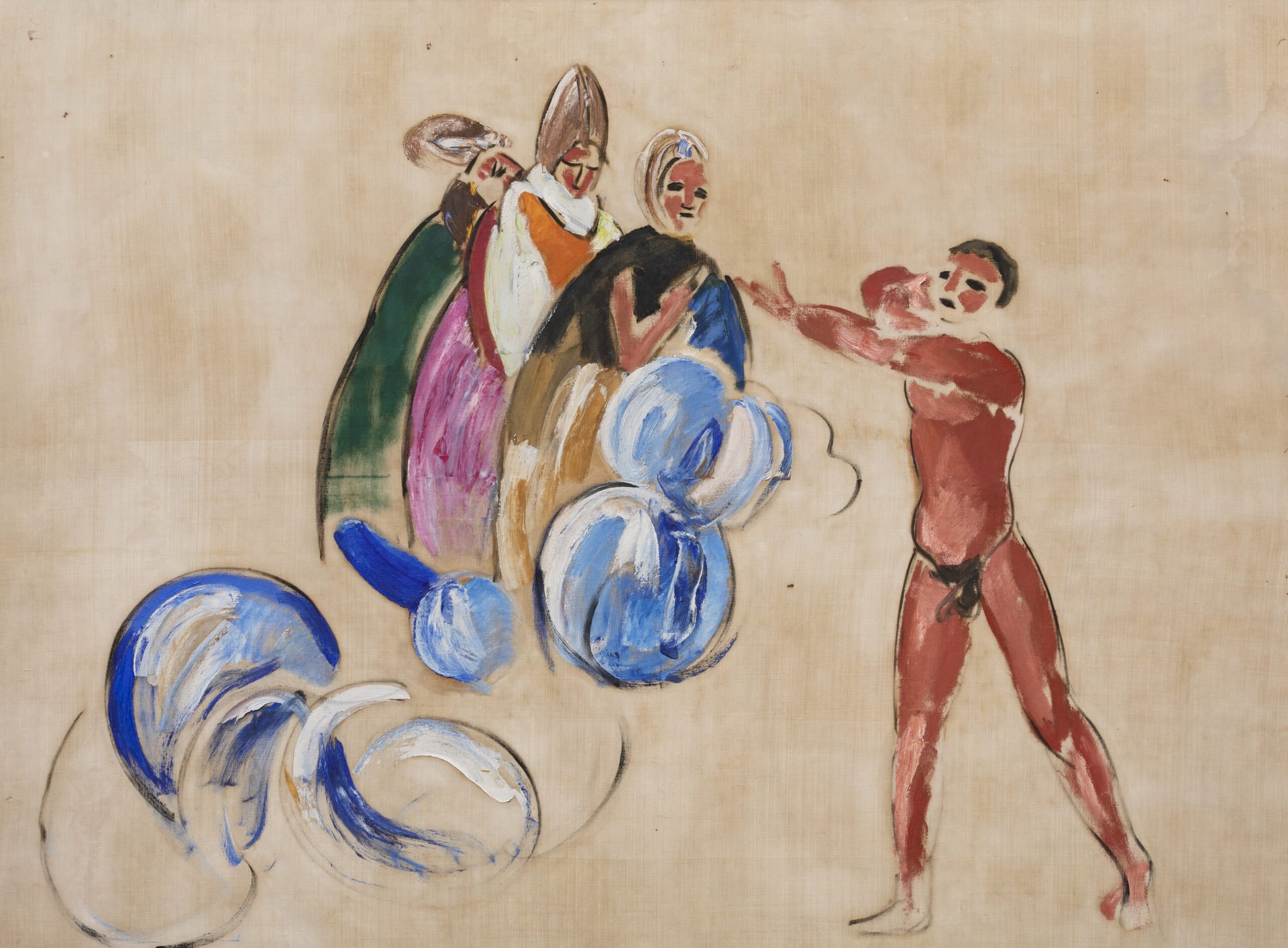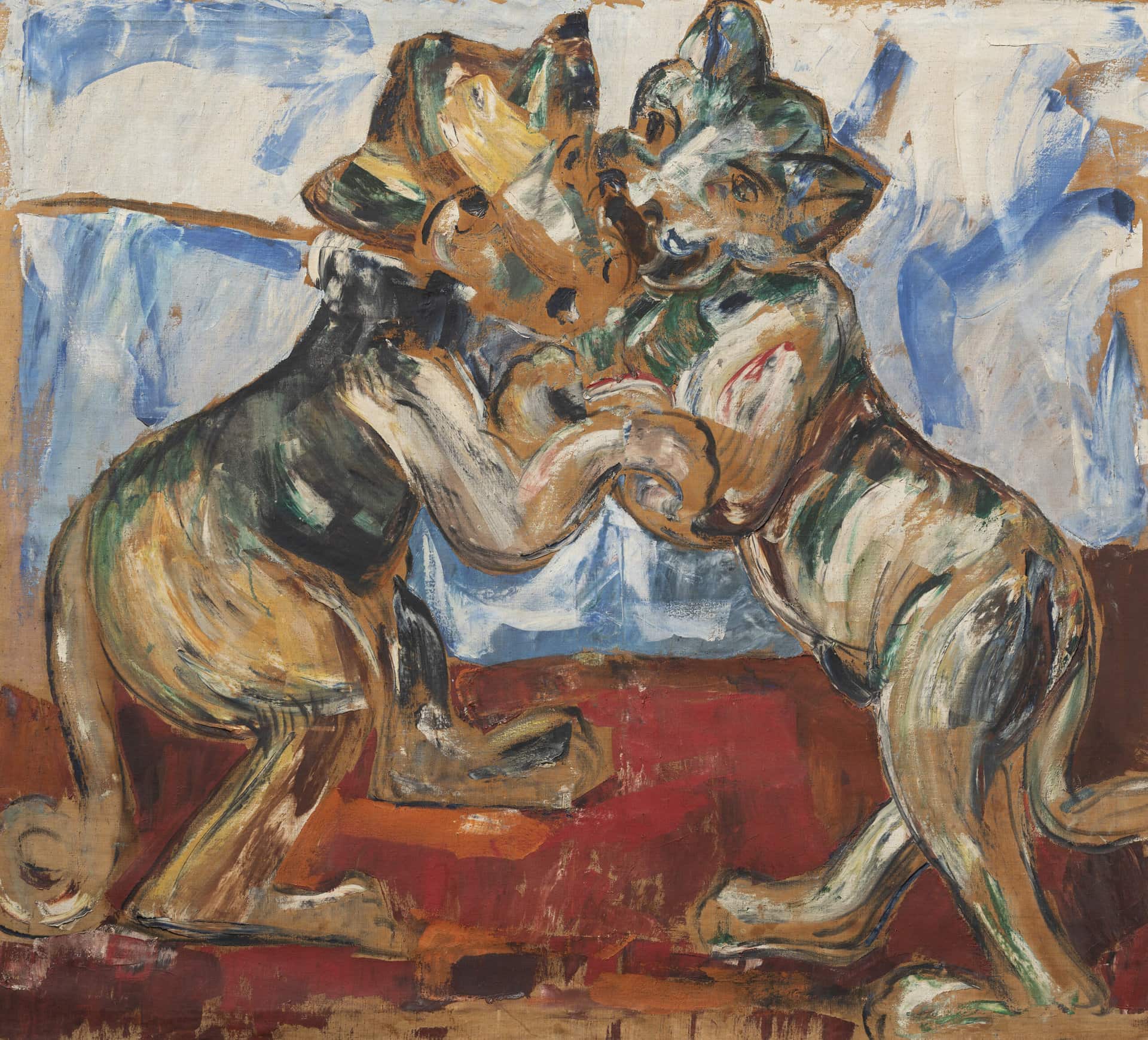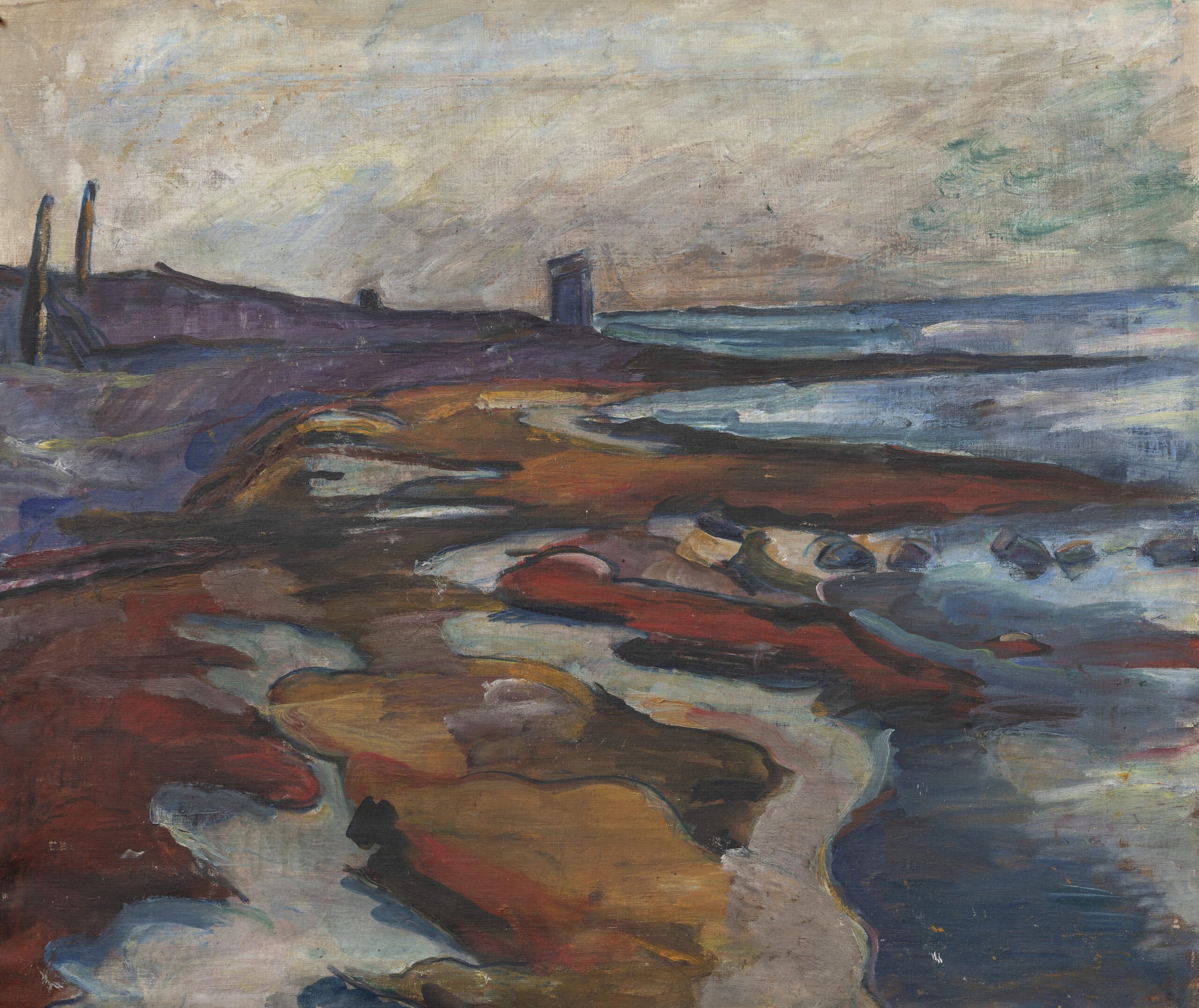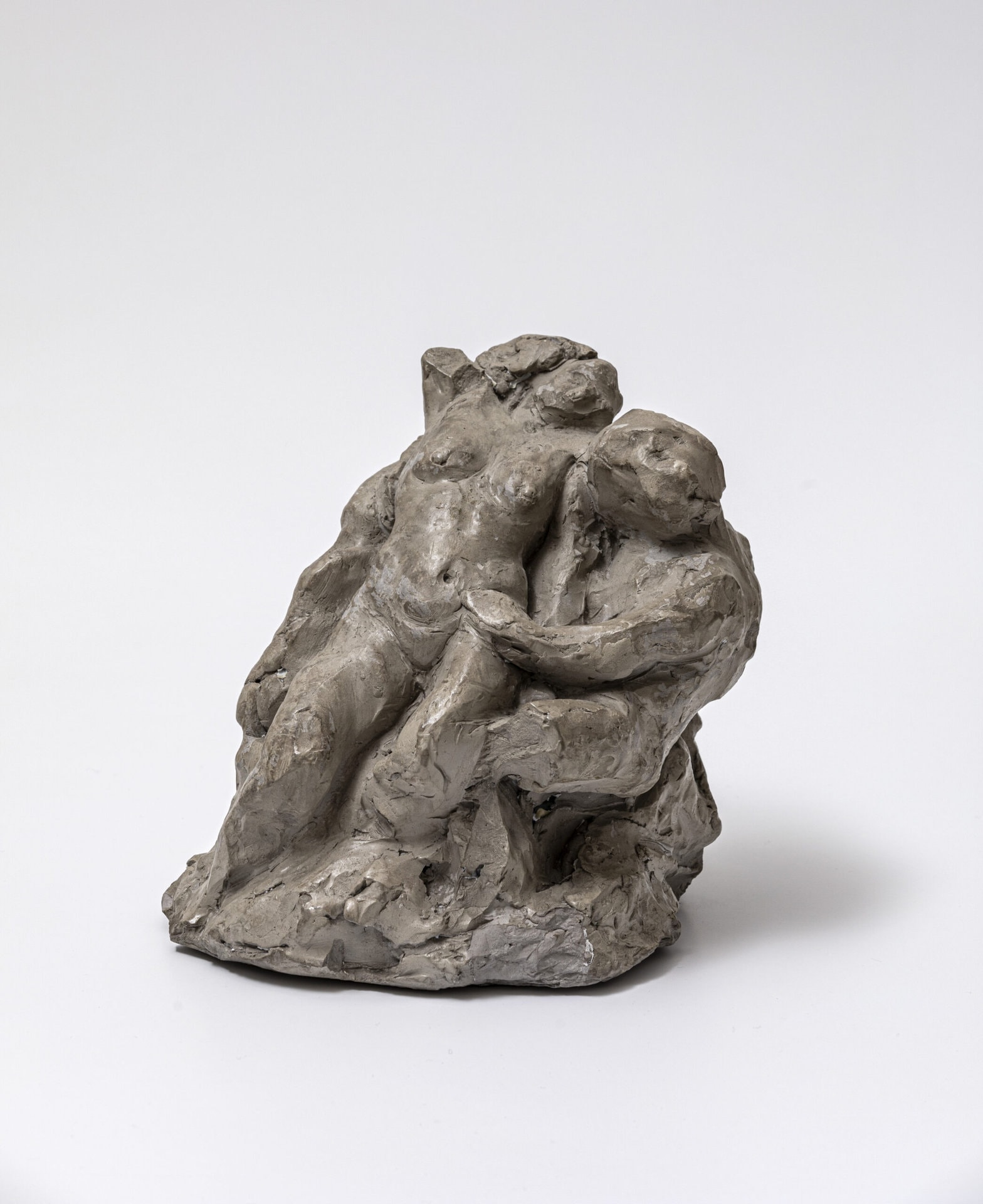
17.1.-30.12.2023
J. A. JERICHAU
When modernism came to Denmark

17.1.-30.12.2023
When modernism came to Denmark
Jens Adolf Jerichau's (1890-1916) life's work was created in just four years but came to be of decisive importance for the development of Danish art in the early 20th century.
Both Asger Jorn and Per Kirkeby pointed to Jerichau’s importance as the artist who brought modernism to Denmark and inspired them. In this presentation of Museum Jorn’s collection of Jerichau’s works and archives, the focus is on Jerichau as a formative figure. The presentation communicates a dramatic artistic career that ended with a tragic suicide. The artworks give an impression of how the 19th century’s naturalistic depictions of landscapes and classical figures are replaced by an expressive idiom.
In a letter to his biographer Troels Andersen, Asger Jorn enthusiastically described the core of Jerichau’s artistic work:
“The unimportant thing in Jerichau’s production is his use of the classical pictorial motifs, Greek, Christian and Nordic (Loke). The most important thing is his use of large dramatic compositions, his work in the grand style, and here the most important thing is that which shows beyond classical forms of composition towards freer new forms of composition.”
About J. A. Jerichau
Jens Adolf Jerichau was born into an artistic lineage of important painters. It was against his mother’s wish that he should not be an artist, so he started as a mason’s apprentice in 1905, and drew diligently at the same time. In 1909 he was admitted to the Academy of Fine Arts as an architecture student, but in the same year he switched to painting, where he became acquainted with Axel Salto, among others. In the following years, he made several trips around Europe while working intensively as an artist. In 1914 he made his debut at the Artists’ Autumn Exhibition, and the following year he began a long journey to France, Italy, and Spain, where he visited Jens Ferdinand Willumsen in Toledo, among other places. In the spring of 1916, Jerichau opened his first and only solo exhibition at Den Frie, where central collectors such as Johannes Rump and Christian Tetzen Lund purchased several works at the almost sold-out exhibition. Despite the war, Jerichau traveled to Paris again soon after, where he rented a studio on Montparnasse next to Axel and Kamma Salto. Here he produced several works as well as becoming personally acquainted with international artist icons such as Pablo Picasso and Henri Matisse. On Bastille Day, July 14, 1916, Jerichau wrote down his last will and on August 16, 1916, he took his own life in his studio at the young age of 25.
Museum Jorn owns the largest single collection of Jerichau’s works, together with an extensive archive of letters, photographs, sketches, and documents.


J. A. Jerichau
Drageløver, 1914-1915


J. A. Jerichau
Landskab, Hesselø, 1911


J. A. Jerichau
Skulpturgruppe, 1913